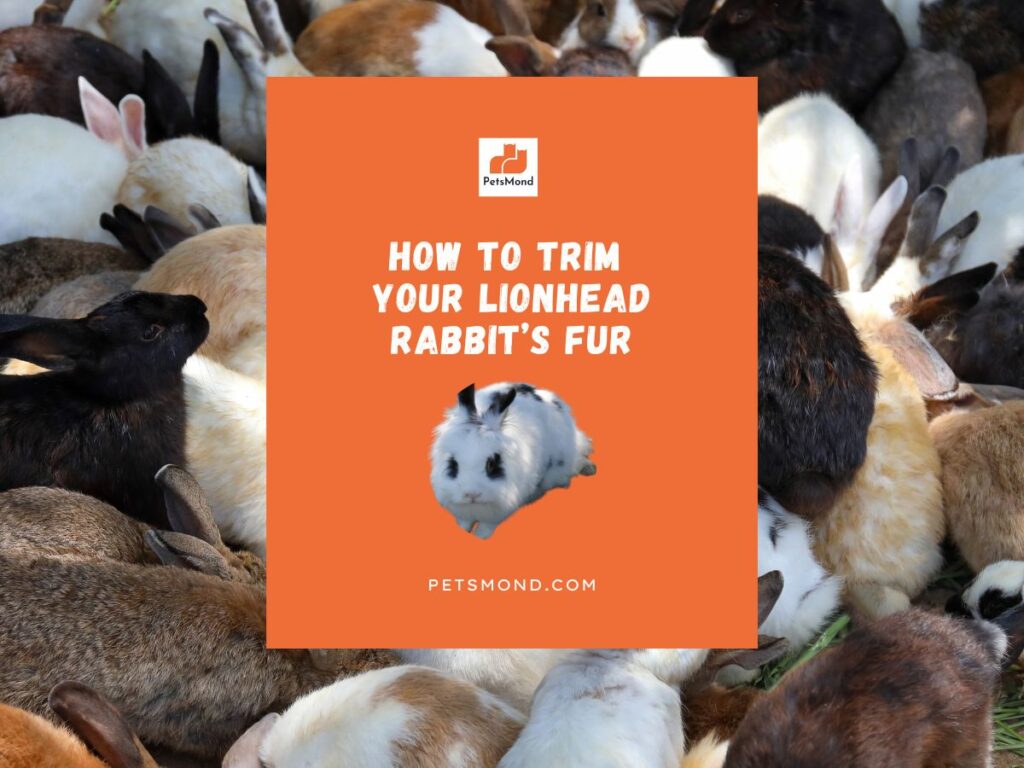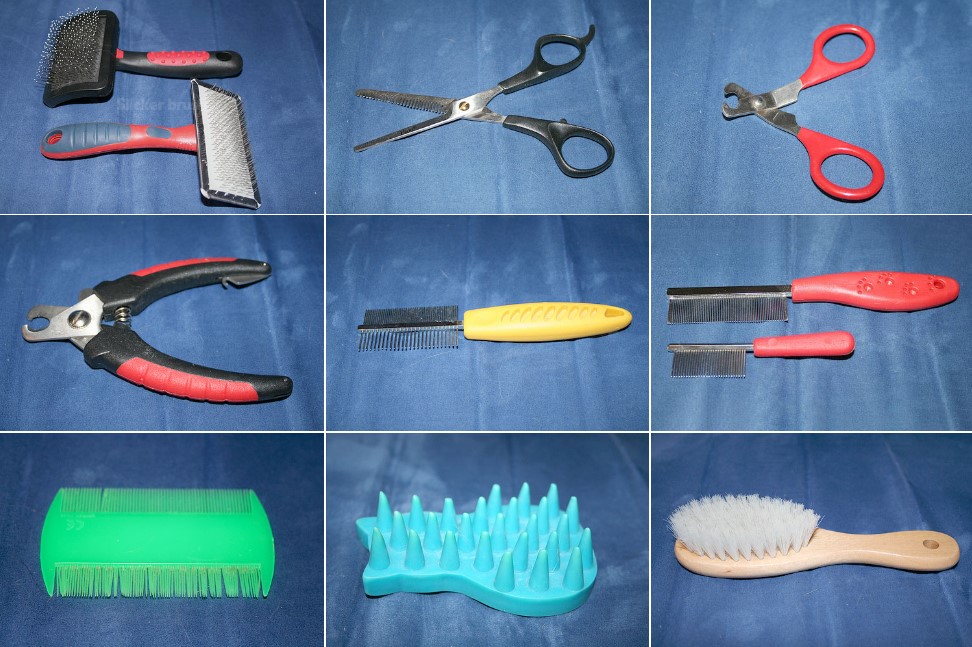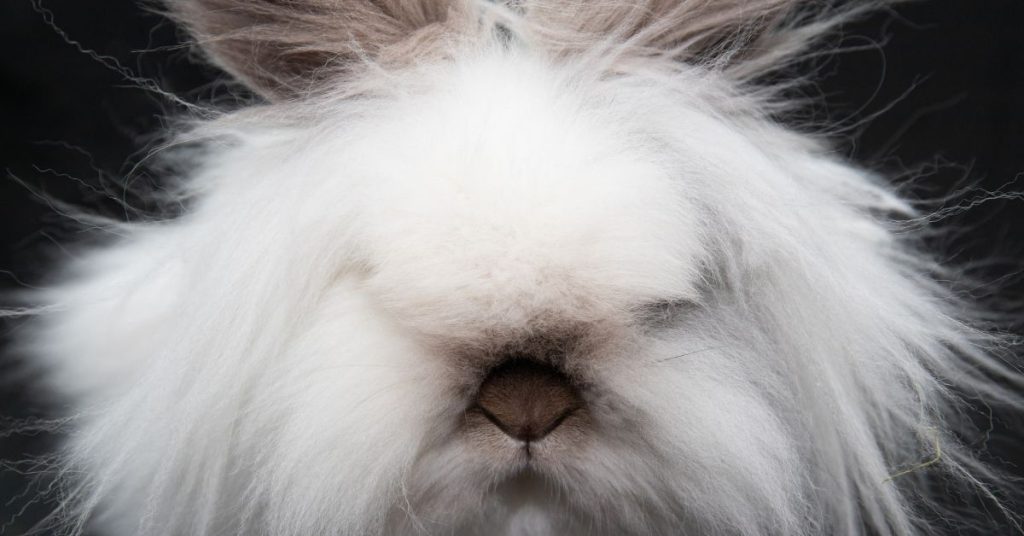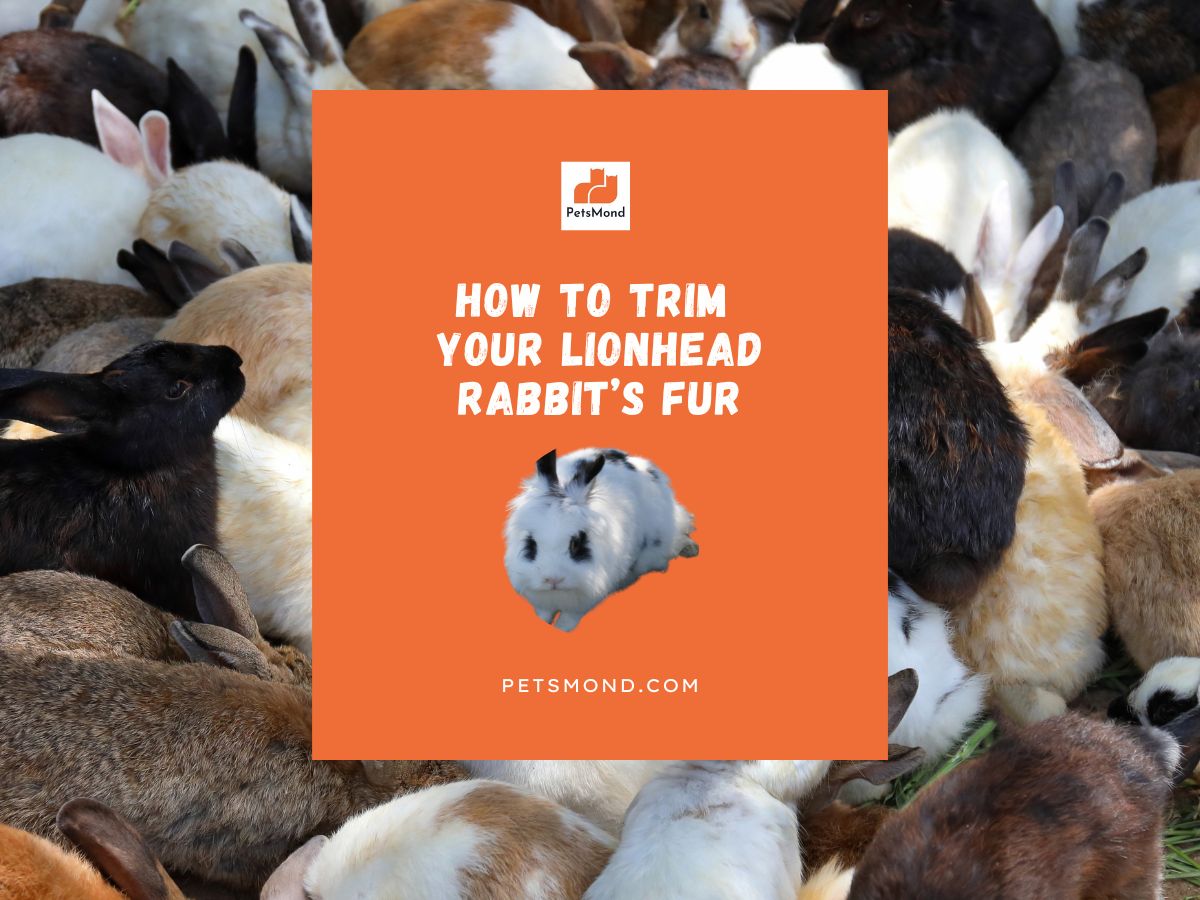Did you know that rabbits need grooming sessions just like humans? Well, I came to know this after three months of raising my first rabbit. However, the unfortunate thing is that you can easily get them wrong as they’re delicate and aren’t cooperative as you expect them to be. So, it isn’t everyone’s cup of tea to trim a lionhead rabbit’s fur. But to do the basics, I can always help you.
The ideal method to trim a lionhead rabbit’s fur is to collect supplies, position the rabbit, and use a gentle slicker brush to trim excess fur. It can take anywhere from 15 minutes to 2 hours to trim their fur, depending on the size, age, and breed. Groom them patiently or take to a vet.
I comb my rabbit’s fur regularly. I’ve put this guide mainly to answer common questions on this subject, including:
- Step by step guide to trim lionhead rabbit’s fur
- How to shave a lionhead rabbit’s bottom
- When to trim?
- Dos and donts in the process

Trimming Lionhead Rabbit’s Fur: Step By Step
Trimming the fur of a lionhead rabbit needs patience. Otherwise, it can get messy and you may even harm your rabbit even without the knowledge.
Here’s a detailed guide to help you get this right. So, let’s begin.
Gather supplies
Start by gathering the necessary supplies, such as a slicker brush to gently brush out tangles or knots, a comb to further detangle any remaining knots, thinning shears to carefully trim long or unruly fur, and a clipper for thicker fur.
Rabbit Welfare Association recommends following supplies to trim their fur appropriately.

Position your rabbit
Position your lionhead rabbit in an area where you can easily access its face, ears, and paws. Begin by using the slicker brush to gently brush out any mats or tangles in their fur. Be sure that you’re brushing in the direction of the fur’s growth and not against it. After brushing, use the comb to carefully comb out any remaining mats or tangles.
Note: Your lionhead rabbit can begin to shake out of fear. So, take extra measures.
Trim excess fur with shears
Next, use the thinning shears to trim away any excess fur around your lionhead rabbit’s face, ears, and paws. To do this correctly, you should make small snips along the edge of the fur while avoiding taking off too much at one time. This will help give your lionhead rabbit’s coat a more even look.
House Rabbit Society doesn’t recommend cutting mats with scissors.
When trimming around their face and ears, be particularly careful to avoid getting too close to their eyes and skin, as this could cause irritation.
This is the most crucial step.
You can skip this step if you’re unsure because a slight miss can ruin their skin and also cause marks or pain on that part! Beginners, alert!
Brush the fur
Finally, use the slicker brush again to thoroughly brush out all loose fur from their coat. This will help keep your lionhead rabbit’s coat looking neat and well-groomed while also removing any excess shedding fur from their body. Additionally, this final step helps ensure that there are no stray hairs left behind from trimming that could potentially be ingested by your pet when grooming themselves later on.
If you still insist on grooming their fur yourself, watch the video below:
In order to keep your lionhead rabbit’s coat healthy and looking its best, it’s important to regularly groom them with these steps outlined above at least once every two weeks, if not more often, depending on their individual needs!
How To Shave A Lionhead Rabbit’s Bottom
Properly trimming your lionhead rabbit’s fur is an important part of keeping them healthy and happy. While the fur on their head remains relatively long, the fur on their bottom needs to be trimmed periodically.
This task can seem daunting if you’re new to grooming, but following a few simple steps will help you successfully complete the job.
Warning: Don’t attempt if you’re a beginner!
- First, place the rabbit comfortably in your lap or have someone help hold it in position. Use scissors to gently cut away any excess fur at their bottom and between their legs.
- To ensure a smooth shave for this furry friend, use a thinning shear, which helps remove chunks of fur without irritating your rabbit’s skin.
- Finally, comb the hair to reveal any problem areas that may need further trimming so your rabbit’s coat looks neat and tidy.
With patience and gentle hands, shaving your lionhead rabbit will become second nature in no time!
Do Lionhead Rabbits Need To Be Trimmed?
Lionhead rabbits need to be trimmed in order to keep their coats looking healthy and vibrant. Regular trimming also helps to prevent mats and tangles from forming, which can lead to discomfort and irritation for your rabbit.

There are a few different tools and techniques that you can use to trim your rabbit’s fur, depending on the length and thickness of their coat. Some common tools include slicker brushes, combs, thinning shears, and clippers.
When trimming your lionhead rabbit’s fur, it’s important to proceed with caution, taking care to avoid cutting or irritating their skin. You should also take your rabbit’s individual needs into account, trimming the fur at regular intervals so that they always look and feel their best.
Tip: Trimming their fur is also a way to stop it from spreading dust allergies.
If you’re new to grooming your rabbit, it may be helpful to consult with a vet or other trusted resource for advice on how to best care for your lionhead rabbit’s coat.
How Often Should You Trim Your Lionhead Rabbit’s Fur?
The fur of a lionhead rabbit should be trimmed once it starts growing significantly longer than usual. Fast-growing, long-haired breeds require multiple times of trimming per week. When it comes to trimming the fur of a lionhead rabbit, the frequency needs to be determined on an individual basis.
In addition to this, brushing is also important to keep your lionhead’s fur in good condition and should be done at least once a week throughout the entire year, unless your furry friend is shedding. In these cases, brushing needs to be done daily in order to help them manage their seasonal shed cycle effectively and reduce the amount of excess fur that accumulates throughout the house.
It is recommended that professional grooming services are used for trimming your lionhead’s fur since this delicate job requires experience and knowledge about rabbits and their specificities. Specialized equipment must also be used in order to ensure that no excess hair or skin cells are cut by accident. Also, your rabbit will need a comfortable atmosphere in order for them to remain calm until the procedure is complete.
Dos & Donts In Trimming A Lionhead Rabbit’s Fur
For starters, always use blunt-tipped shears and never an electric trimmer. This precaution is vital as electric trimmers can cause nicks and cuts that will be painful for your bunny. Additionally, be sure not to trim too much and stay away from the delicate areas near their eyes and ears.
Keep your grooming session brief by only focusing on areas with long fur, such as the feet and back of the neck – this will help avoid causing distress for your bunny. With practice, you’ll be able to trim your lionhead rabbit with ease!
Do Lionhead Rabbits Have Hair or Fur?
Lionhead rabbits have fur, not hair. Their distinctive mane of fur around their heads gives them their name. Lionhead fur is usually soft and silky, but it can grow too long if it isn’t trimmed regularly.
There’s common confusion about the nature of the fur of lionhead rabbits. I’m sure you’ve it too. So, it’s fur when it comes to animals and hair in the case of humans.
Related Articles:


